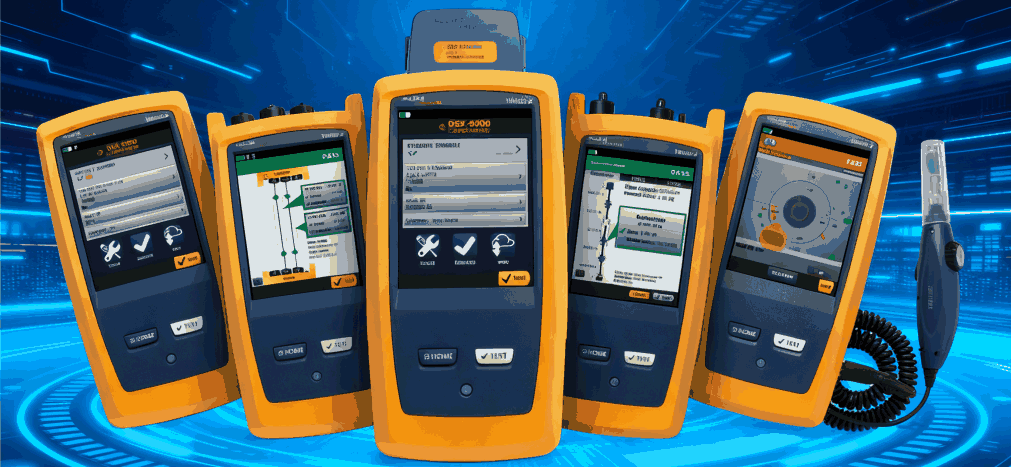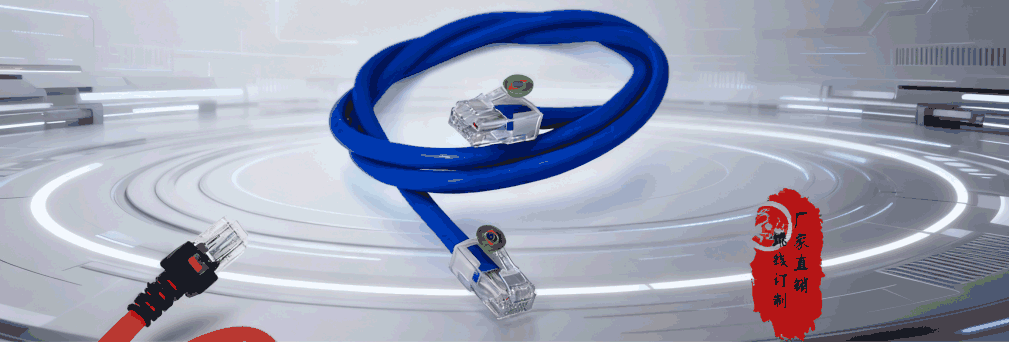Download
For us, "every product in every batch has passed Fluke test" is not a slogan, but a commitment to quality. —— With the industry's top testing standards, we can control the last gate for every customer, so that "reliability" becomes the core label of products.
 Download
Download



